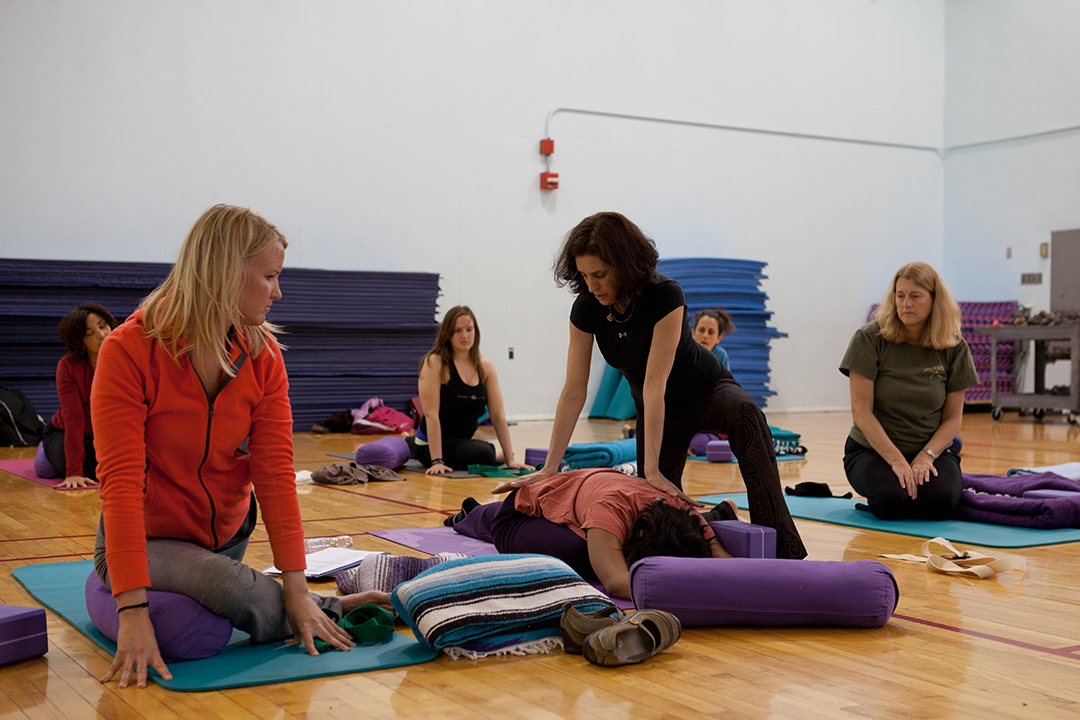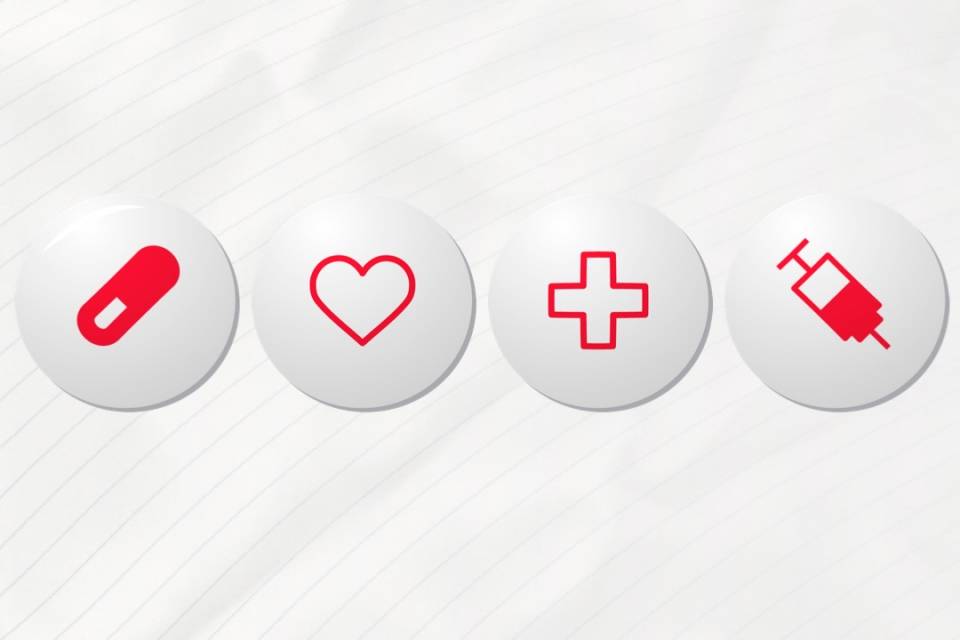By Kristen Mitchell
As January comes to a close, the reality of just how hard it can be to adopt healthy habits in the new year is starting to set in for many resolutioners.
GW Today spoke with Jennifer Sacheck, the new chair of the Milken Institute School of Public Health Department of Exercise and Nutrition Sciences and the Sanofi Professor of Prevention and Wellness, about the best ways for the GW community to commit to their exercise and healthy eating goals in 2018.
Q: What can people do to make their exercise and diet resolutions long-lasting habits?
A: First, you need to choose resolutions that are practical and sustainable. Going on a “cleanse” that does a complete 180 on typical dietary regimens may not be healthy, realistic or sustainable. Who can live on pulverized kale and chia seeds long-term? At the same time, deciding to actually go to the gym seven days per week to run on a treadmill if you aren’t a huge fan of running will not only get old fast, it will make you hate the gym period. Pick something you love—something that keeps you interested, challenges you and/or something that you can do with friends or family members and then add it into your life on a regular basis.
Q: At what point do lifestyle changes go from New Year’s resolutions to new habits?
A: Right out of the gate, you need to make eating healthy and being physically active a priority. If it is not a priority, it simply won’t happen. The goals need to be realistic for your life, and the changes have to be ones that can be sustained as mentioned above. In terms of exercise, picking something that you love to do (pilates, boxing, cycling, swimming, running with a baby jogger, etc.) and that fits with your school or work schedule and home-life is imperative. Plan your activities so that they fit into your schedule.
The same can be said for diet—it does take work to eat healthy. Plan trips to the grocery store and farmers market so that you have healthy food on hand. Plan your meals for the week so that you buy the appropriate ingredients and do bring a healthy lunch to school or work. Don’t let advertising, fast food and last-minute corner store runs manage your diet—you need to manage it.
Q: What are the signatures of successful resolutions to work out more and eat a healthier diet?
A: Again—make it a priority—and then realistic and sustainable for you.
Q: How can people avoid the common pitfalls of the latest diet/exercise fad?
A: Let common sense be your guide—if it sounds too good to be true, it isn’t. Basically, if there is no work or effort on your end, it won’t work.
Q: What are small steps people can take to improve their health this year?
A: Understand where you are at now. How is your fruit and vegetable consumption? How often do you eat out? Do you eat breakfast? Are you engaging in 150 minutes of moderate-to-vigorous physical activity every week per the current Physical Activity Guidelines for Americans? How many steps do you take per day? How much TV or recreational screen time do you engage in?
Next, identify the areas in your life that might need improvement and work on those—perhaps it is cutting down on the number of times you go out to eat and getting to your spin class instead of watching the latest episode of your favorite TV show. Choose two or three things that you want to change and can change now.
Know that everything that you do today has an immediate return on investment for health today and in the long run. Health is not just your waistline and your biceps, but your mental health, ability to learn and process information and the longer-term prevention of chronic ailments and disease.




